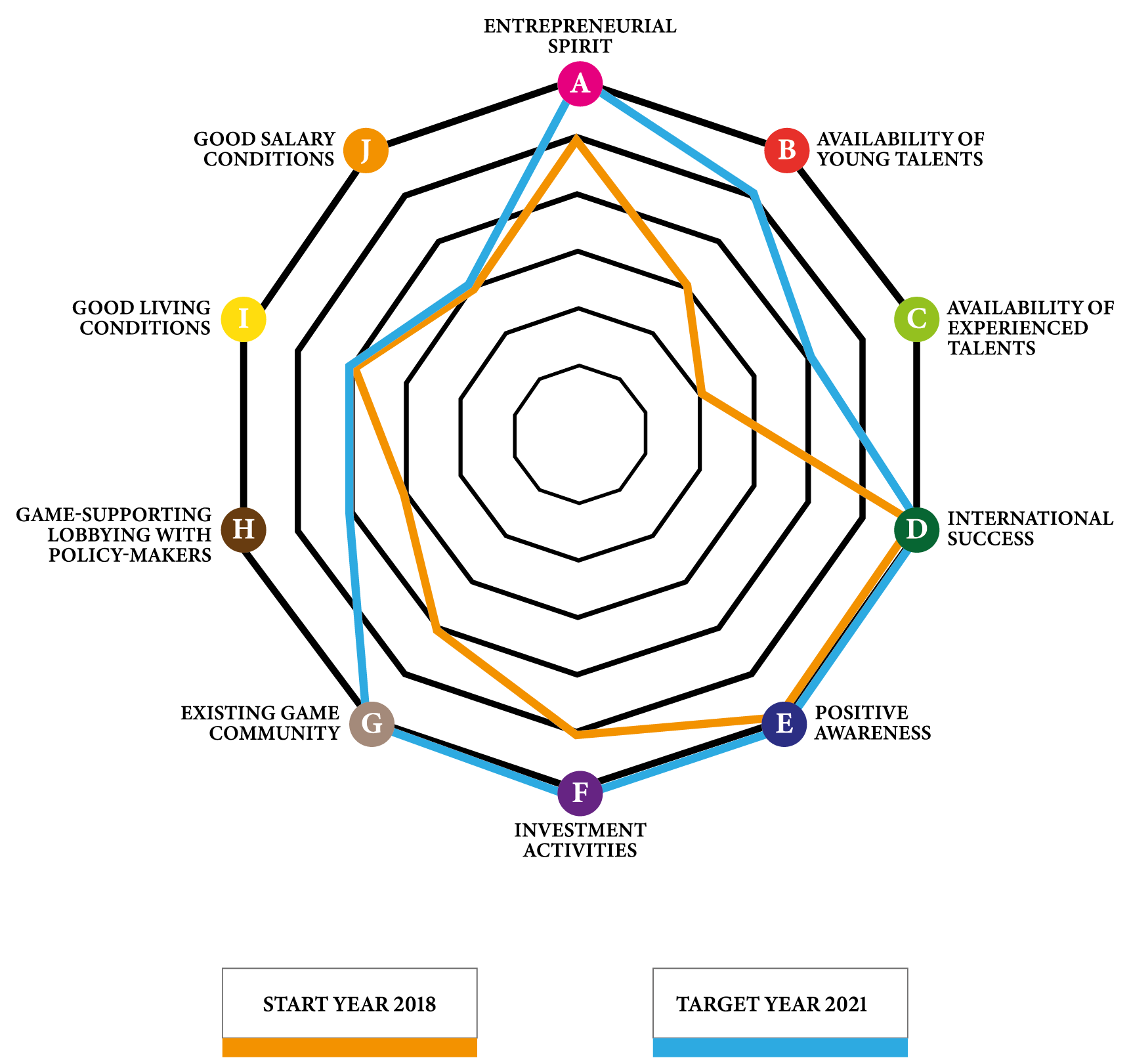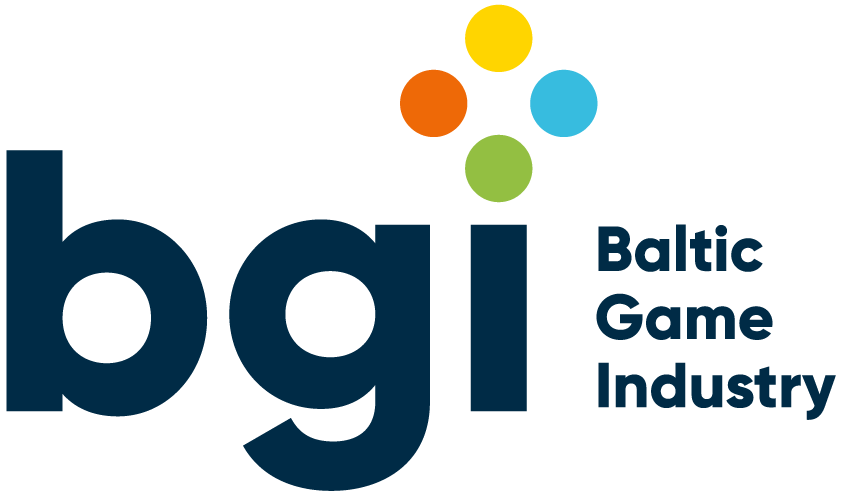Talents, Labour Market and Quality of Work Poland & Krakow
Poland has had 38,434 million inhabitants in 2018 (as of 31.12.2017). The Małopolska region’s population in 2018 was 3,400 million, in 2017 was 3,391 million, in 2016 was 3,386 million, in 2015 – 3,373 million, in 2014 – 3,368 million people. The average population age was 40.2 in 2016. Average life expectancy: 81,7 – women, 73,9 – men.
Working conditions
A work week in Poland consists on average of 40 hours. The national average monthly gross wages and salary in 2019 was 5 447,82 PLN (1 297 €), and in 2018 was 4 521,08 PLN (1 053,6 €), while on a regional level the average salary in the enterprise sector was: 5 025, 09 PLN (2018, 1 196 €) (and rising from 4 047,21 PLN (2016), 3 899,78 PLN (2015), 3 783,46 PLN (2014).
The cost of labour for the employers is over 20% of gross salary per employee, including 9.76% – pension insurance, 6.50% – disability insurance, 1.80% – accident insurance, 2.45% – employee fund, 0.1% – fund for guaranteed employee benefits. For the employees the costs is over 27% including 9.76% – pension insurance, 6.50% – disability insurance, 2.45% health insurance, 9% – medical insurance.
Labour market
The rate of unemployment on a regional level (Malopolska) in 2019 was 4.1% (62 thousand unemployed), while on the national – 8.2%; the trend fortunately is decreasing, meaning that less people stay unemployed each year (4.8% in 2018, 9.7% in 2015, 11.5% in 2014). The estimation is that in the Malopolska Region there are about 10K vacancies in IT-related fields.
In Poland only the minority of people are self-employed (7,6% of working people, 1,3 million people in 2019). Meanwhile an median of salary in ICT industries in 2019 was 3100 €. The gender gap pay is situated on 7,7% on a national level. The share of ICT staff among the total number of employed people in the region was 3,2%.
Internationalisation of the labour market
In Poland less than 10% of people working in the games sector are foreigners both of European and non-European origin. The number of applications for work permits nationwide was 74,149 (65,786 granted) in 2015. The average number of granted Polish citizenships in 2015 was 3,974.
The general number of non-European foreigners living in Malopolska in 2016 was 7,600, while in Poland the numbers were 80,600 (2017), 73,100 (2016), 65,200 (2015). When it comes to European foreigners, the number for Malopolska in 2016 was 13,500 and for Poland: 221,6000 (2017), 138,700 (2016), 109,900 (2015).
Game development education and R&D
The State of the Polish Video Game Industry (2017) report identifies over 40 various university courses in video games creation in Poland (mainly located in Warsaw, Krakow, Łódź, Poznań and Silesia). These courses cover wide array of thematic areas and fields of studies, for example: video game production, modern computer graphics, computer graphics and game design or designing games and virtual spaces. The types of the courses included full-time, part-time studies as well as post-graduate studies, with some of them conducted regularly and some being launched depending on the needs. It is worth to mention that, though apparently there is a number of available educational options, the quality of particular courses can be a subject of discussion and not always corresponds with the industry’s desire of skills and knowledge.
The size of public expenditure on R&D on the regional level was 397.7 M PLN (93 M €), while on the national level it was 18,061 M PLN (4,215 M € in 2015, of which 41.8% came from the government) – the number has grown substantially, since the year before it was 6,168 M PLN (1,439 M €, 45.2% from the government). The share of private expenditure on R&D in both 2014 and 2015 was 39%. Above mentioned GameINN programme was launched as a dedicated source for financing R&D in the video games industry.
Educational levels
When it comes to education issues, most universities are free for full-time students (for extramural studies, depending on university and major, the price may vary between 1,000 and 5,000 €). Nationwide there are 390 tertiary education organisations (both public and private), in the region there are about 28 (2018). The number of total university students was 150,1 (2018/19, among them 8,200 students came from abroad), 176,700 (2015/16, among them 7,300 students came from abroad), 183,400 (2014/15), 189,600 (2013/14). In the Małopolska region 2 universities are technological (they are also well-known for their high quality), on the national level the number is 18. When talking about specialised university courses including or focusing on game development, regionally there are 9 existing courses and 48 nationwide.
Moreover there are a few private or community initiatives that support game industry: schools and courses for programmers (Unreal Engine, Unity etc.), graphic designers (concept art, animation etc.), game designers. Most of them are dedicated to people outside of the game industry.
______________________
Status: 2020


